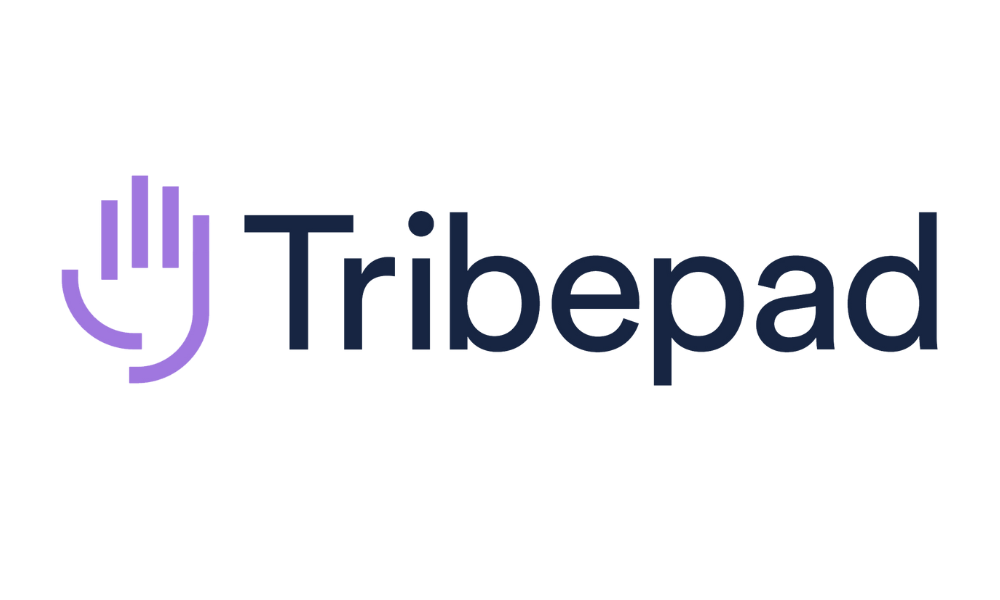Lots of recruitment teams are facing unexpected downtime right now. The silver lining is, it’s a great time to review your processes and build a business case for the new recruitment software your team needs. But, as always, recruitment leaders face a tough battle to secure investment. Especially now, when uncertainty pulls the business’ purse-strings tighter than ever.
You need to create a robust, compelling business case for recruitment software that emphasises the strategic importance, demonstrates the true value of investment, and secures wide buy-in from stakeholders. Let’s break that into seven steps.
Align to business objectives
To prove the value of new recruitment software, you first need to prove the value of recruitment as a whole. Show how your team are strategic enablers, helping the business meet its goals.
(This isn’t just best-practice for building a business case for recruitment software. Aligning HR and recruitment to business objectives is fundamental to business success.)
That is, put your team, and so your team’s case for investment, in business context. Wrap your request in the language stakeholders best-understand.
- Like… Maybe the business faces difficult competitive conditions, with new disruptors known for constant innovation and better customer service threatening your market share. To evolve, the business needs to grow headcount in crucial roles – which relies on a high-functioning recruitment team.
- Or… Perhaps the business is at constant loggerheads with other high market share companies and the holiday sales peak is a fierce battleground for market dominance. To meet sales goals, the business needs a huge influx of reliable seasonal workers – but you won’t get there without a high-functioning recruitment team.
The point is, show how investment is a business opportunity – not just a recruitment opportunity.
Outline the recruitment need
You’ve established why recruitment’s important for the business. Next step is establishing why the new software’s important to recruitment.
Don’t assume stakeholders know how recruitment works, beyond the basics. Help them understand what you do, how you do it, what problems you face, and why the tech you’re pitching will help you overcome them.
Be as tangible as possible, to bring the story to life. The more stakeholders can feel where you’re coming from, the more buy-in you’ll likely get.
- Like… say the main reason you want an ATS is because your team are currently doing everything manually. It’d be super compelling if you actually spent a week tracking that, so you could tell stakeholders exactly how long your team waste on manual admin and how much that’s costing the business.
- Or… maybe you’re looking for an ATS that screens and filters candidates automatically because your recruiters are overwhelmed by a huge volume of applications. Tell stakeholders exactly how many irrelevant applications you sift through, and how that impacts time-to-hire and candidate drop-outs.
The point is, show stakeholders why this recruitment software matters in your day-to-day.
Identify key stakeholders’ priorities
To secure investment, you need the buying committee – not just the CEO – on your side. Your business case needs to speak to all key decision-makers’ unique concerns and priorities.
Identity key stakeholders and where they’re coming from early, so you don’t waste time backtracking. This also helps you secure early buy-in – if you’re lucky, even an early champion, who’ll go to bat for you when it counts.
(That’s why we recommend understanding your stakeholder community before researching recruitment software.)
Don’t forget end-users, who’re a crucial stakeholder too. If your recruiters or candidates hate using the new software, low adoption may threaten ROI.
Then tailor your business case to address each stakeholders’ concerns, to galvanise support one person at a time.
- Like… IT’s priorities are typically around data security and compliance, painless integration with core business systems, reliability, support and ease-of-use. A compelling business case from IT’s perspective will address those concerns directly.
- And… Procurement’s typically most concerned with managing supply risk (the biggest concern for procurement professionals in 2017, according to CIPS) and controlling costs. Your business case should answer questions like…Is this software good value for money? Is the supplier financially stable? How will working with the supplier impact our brand image? What happens if we want to end the relationship?
The point is, investment’s a collaborative decision: your business case must reflect that.
Dig into the benefits
This section of your business case (hopefully!) carries huge persuasion power. It’s where you talk about the benefits of investing, relating back to business objectives, recruitment need, and other stakeholders’ priorities.
- Like… Investing in a new ATS will improve the candidate experience, which will help bolster employer brand to secure increased applications, to head off competition from new disruptors. Which will ultimately help the business secure the people needed to drive growth.
- Or… Investing in video interviewing software will mean the recruitment team can interview more candidates in less time, reducing time-to-hire dramatically. To snap-up high-demand seasonal workers before competitors do, so the business is prepared for the holiday sales peak.
An important point here: don’t fall into the trap of listing features. Like…
‘A new ATS means our candidates are automatically stored in a central database’.
A feature is what something does, not why something’s important. Benefits are much more persuasive – to build a compelling business case for recruitment software, it’s vital to get beyond features. A great tactic is asking ‘So what?’. Like this:
‘A new ATS means our candidates are automatically stored in a central database’.
So what?
‘…so we can easily search all candidates who’ve ever applied for a role with us.’
So what?
‘…so we reduce our spend with external agencies by increasing our talent pool’.
Reducing agency spend is a much more compelling reason to invest than a central applicant database. And the same’ll be true of every feature of the software you want.
The point is, unpick the benefits of investment – to the business, to recruitment, and to other key stakeholders.
Highlight risks of inaction
Benefits and risks work hand-in-hand to persuade. Benefits explain why investing makes sense; risks explain why not investing harms the business.
Think about what the alternatives to investment in recruitment software are. Then identify the risks involved with those.
- Like… One of the most common alternatives to investment is doing nothing. But if disruptive competitors are building a reputation as innovators who value their people, and you do nothing, your candidate experience could fall behind. Can you afford not to compete for the best talent in your industry?
- Or… Say recruiters are using spreadsheets to track candidates; it’s a mess, with no centralised ATS. Keep doing that, and the business risks falling foul of increasingly strict data regulations – which could come with large fines and long-lasting reputation damage.
The point is, new recruitment software is a cost. But what’s the cost of not investing?
Introduce providers
You probably delegated software research to a recruiter on your team (send them this, if that’s still going on); if they’ve done a great job, this part should be easy.
Here’s where you make the case for your specific provider and software you’ve chosen. Focus on explaining your provider’s USPs – why are they better for the business than their competitors?
- Like… Tribepad ATS is the most feature-rich ATS we’ve ever seen, so it’s completely configurable to our needs and scalable for our future growth plans. It’s like building a completely bespoke platform, without the extortionate price tag.
- Or… Tribepad’s Video Interviewing platform offers one-way and live two-way interviews in the same dashboard, so it covers all the bases we need. The platform also includes built-in AI translations, so our whole global team can collaborate easily without localisation costs.
Providers can sometimes even send you a ready-made one-pager to help you represent them, which can save time.
It’s also good to summarise your process here, to show how you’ve reached the conclusions you have. Showing you’ve been rigorous bolsters the credibility of your recommendation.
The point is, explain why you’ve chosen the providers you have, to get buy-in for your rationale.
Show the roadmap to success
A compelling business case for recruitment software makes investment feel obvious. A big part of that is making the end goal – the business using your new software – feel realistic and achievable, with concrete steps to get there.
Show stakeholders what happens next if they sign-off investment. Leave them with confidence in your ability to execute, proving you’re in-control of the process.
- Like… If we move forwards, we’ll have a configuration workshop next week to walk through the implementation process. Then weekly focus sessions to configure the software to our needs, step-by-step. By week 7, we’ll be able to play with the software ourselves through the UAT site.
- And then… We’ll have all 100 recruiters trained and using the platform within twenty weeks.
The point is, make saying ‘yes’ easy by showing how painless the journey will be.
Partner
Tribepad is a specialist talent acquisition software provider, serving some of the UK’s best known organisations including the BBC, Tesco, and The Church of England. Tribepad’s Applicant Tracking System, Video Interviewing, Onboarding and Freelance Management solutions are used by more than 21 million people, in 15 languages worldwide.






